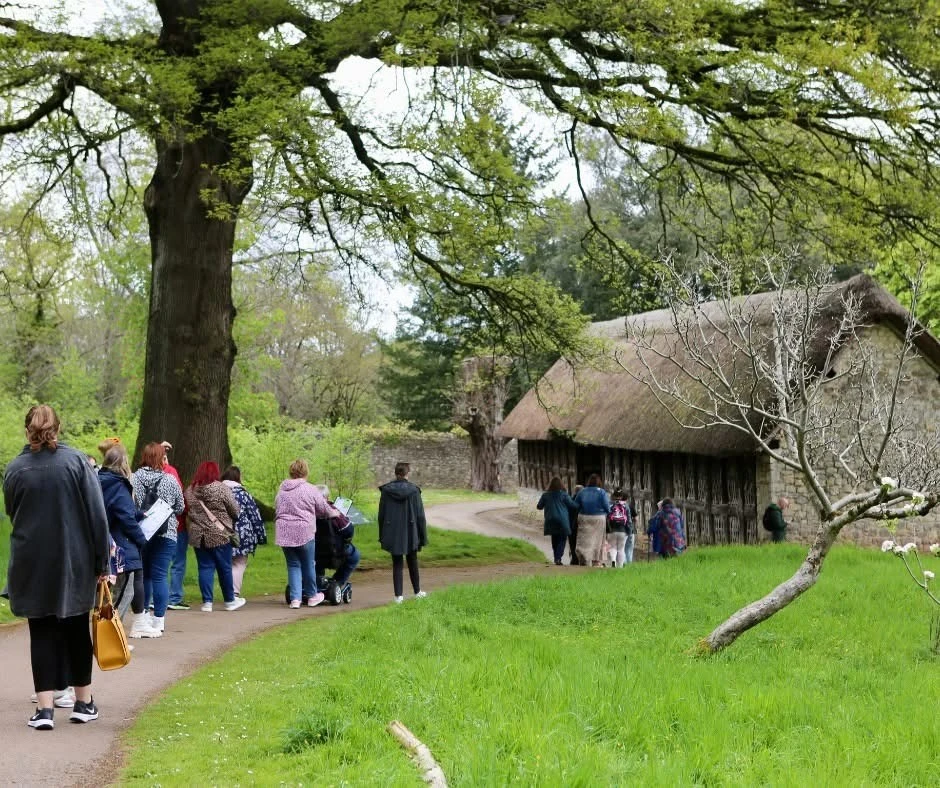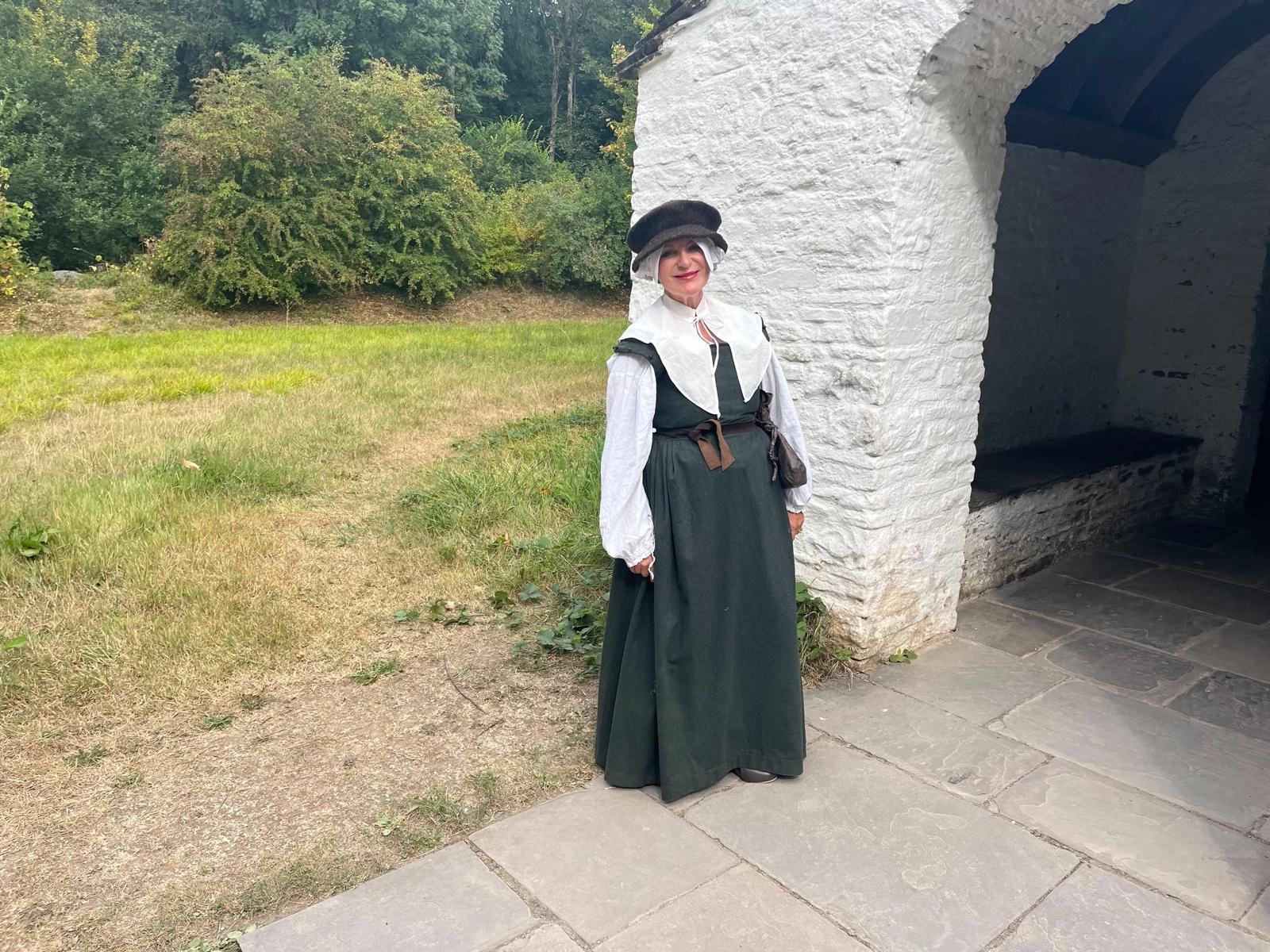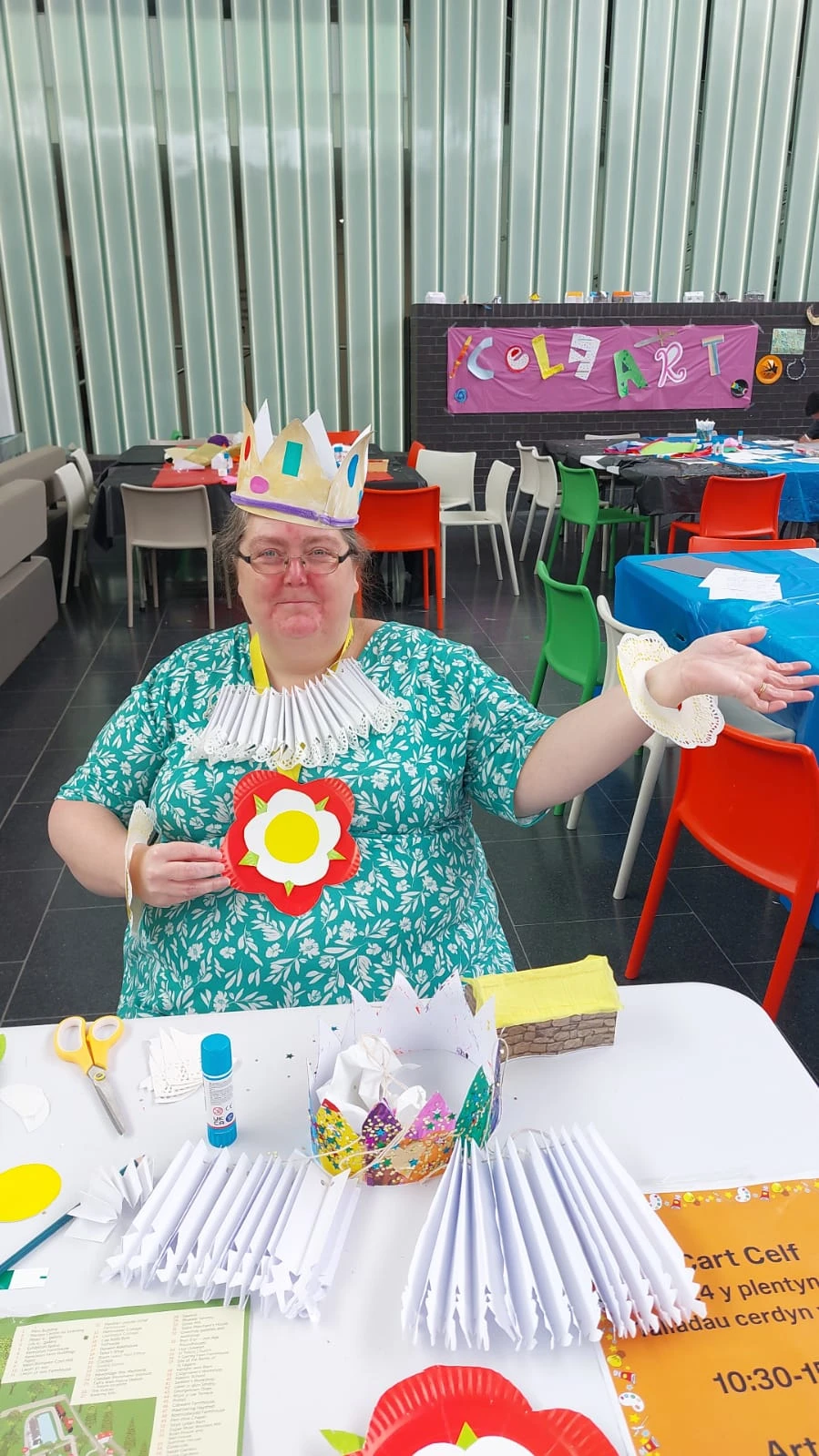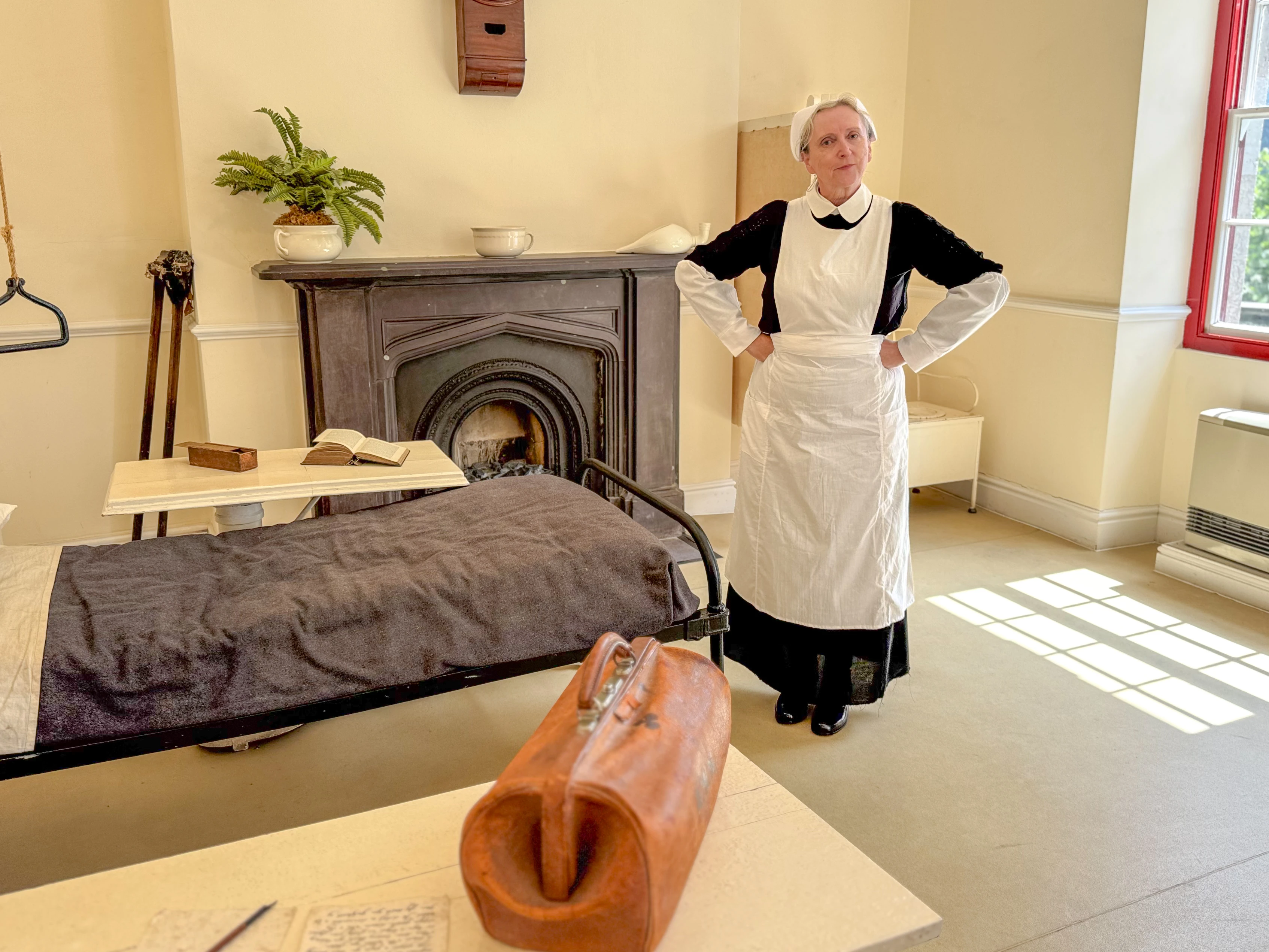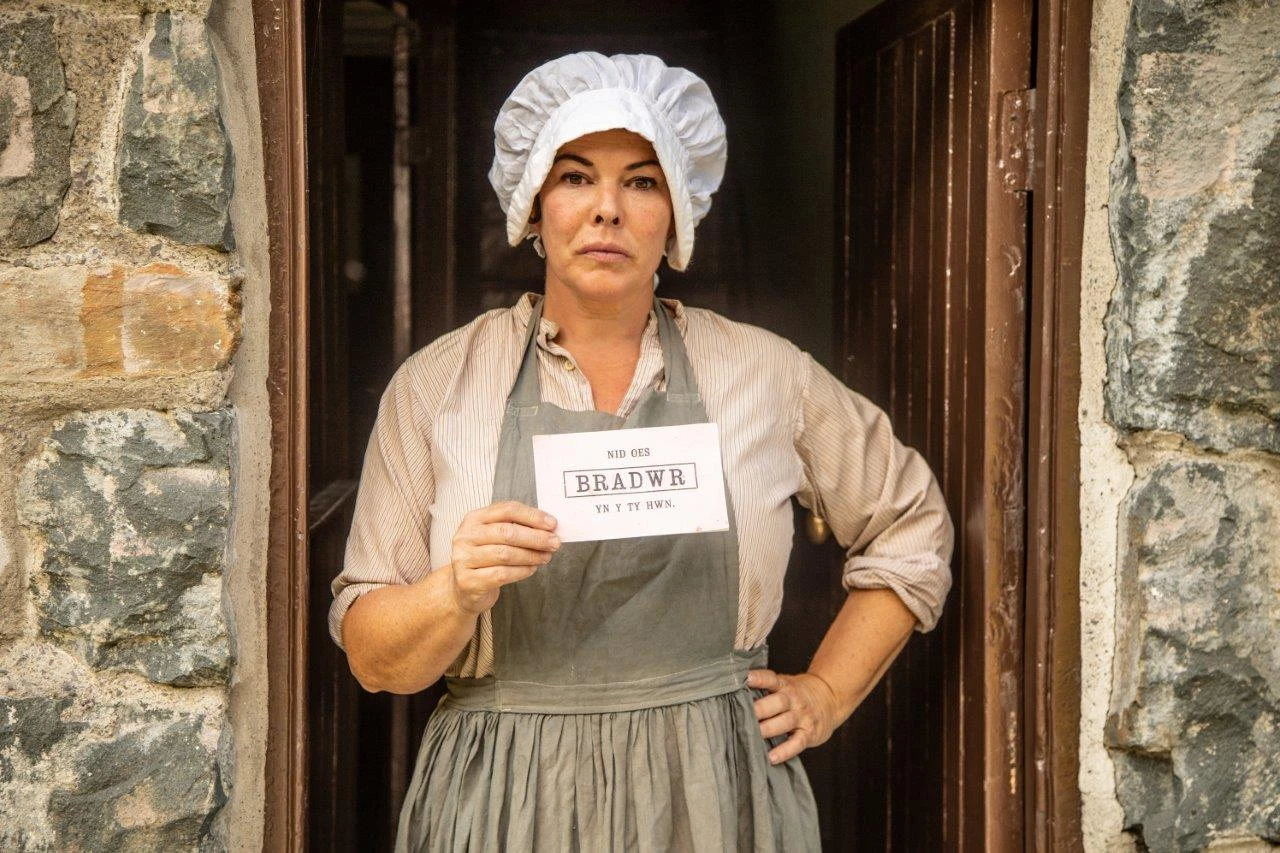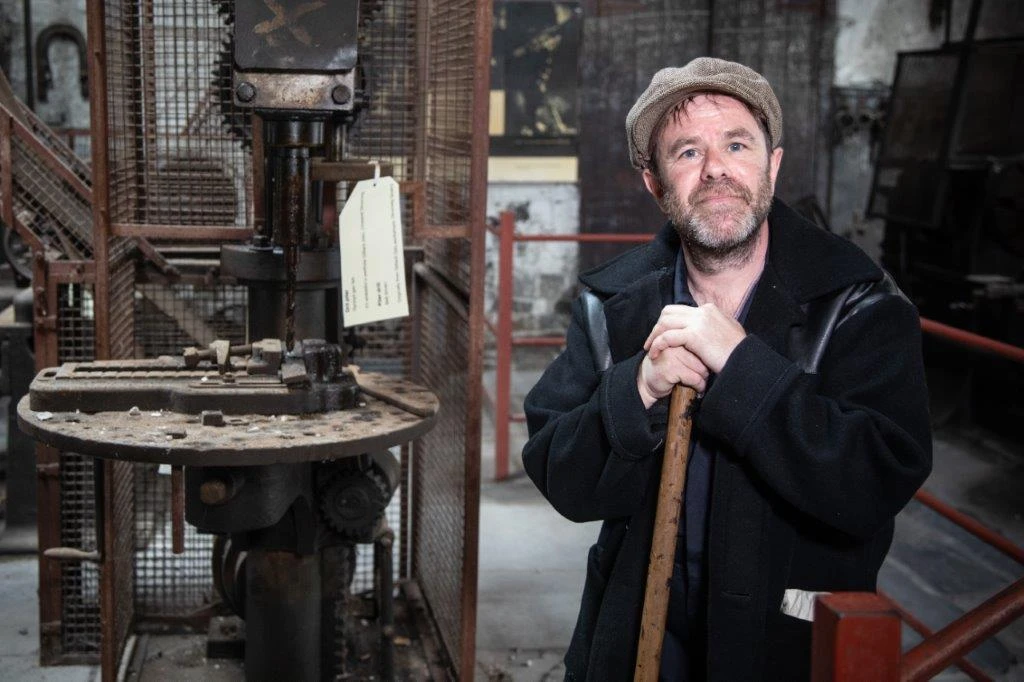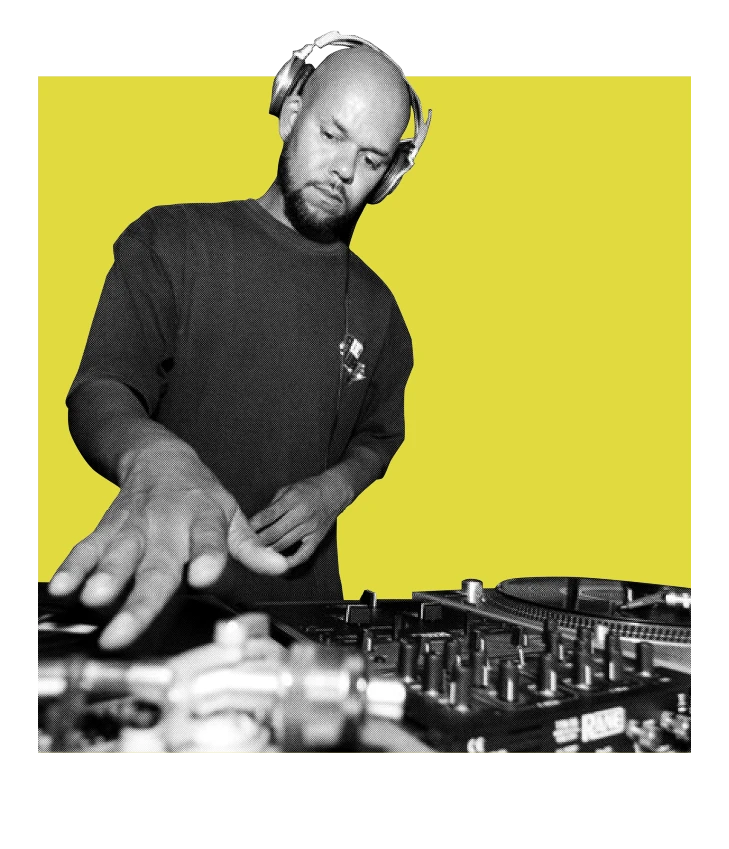Creativity, Friendships and Pride: Wales REACH Workshops with Innovate Trust and First Choice
, 20 August 2025
As part of the REACH (Residents Engaging in Arts, Culture and Heritage) project, we’ve had the absolute pleasure of working with groups from Innovate Trust and First Choice- two organisations supporting people with learning disabilities in Rhondda Cynon Taf and the Vale of Glamorgan. Over the past few months, we’ve come together for a series of creative workshops to connect with our local history and heritage through art and creativity.
Since starting REACH, we have held six museum-focussed workshops. We started off with a mindfulness walk around St Fagans National Museum of History. It gave us all a chance to slow down, notice our surroundings, and chat in a relaxed setting. It set a gentle and open tone, one that has carried through all the sessions since.
One of the standout moments was a visit from our Principal Curator of Collection Development: LGBTQ+, Mark Etheridge. Mark shared powerful LGBTQ+ stories from the museum’s collections, which led to some thoughtful conversations. It gave the group space to reflect, ask questions and connect those stories to their own experiences. Rhys, one of the participants, said “The LGBTQ+ activity at St Fagans was important to me, after that I started to talk to people and be more open with the group about being gay”. Zac also added “this is for me, I’m gay so this is for me, look it’s cool”.
Inspired by objects from the museum, the group began creating their own artwork. Some people sketched out images and messages, while others designed T-shirts. What really stood out was the thoughtfulness behind each piece. Every design had meaning and reflected something real to the person who made it. According to Rhys, “Two of my favourite activities were the art lesson with Marion and designing a t-shirt about what being Welsh meant to me. I liked them because I liked sitting down with friends and support workers, just having fun and getting creative”.
Some of our more recent workshops focused Pride. Two of our Amgueddfa Cymru Producers led an engaging session about the history and significance of Pride, which sparked lots of curiosity and discussion. The group were tasked with creating bold, bright banners that could be carried in the parade. These sessions were full of enthusiasm, plenty of colours and a real sense of celebration.
REACH is all about learning new skills and making new friendships. It is about telling unheard stories and strengthening and highlighting pride. It is about using the talents of local people to challenge the stigmas that their communities face. Hear what Eve, Health and Wellbeing Coordinator for First Choice, has to say:
"Being part of the Wales REACH Project, I've loved seeing a core group form of people who are passionate about learning, sharing and creating. Wales REACH has provided the group with opportunities to try new things and form new friendships; some of these people may have never otherwise crossed paths despite their common interests. Their energy and enthusiasm has been infectious and it's been wonderful to join in with some of the sessions, hosted by kind and knowledgeable facilitators".
Keep an eye out for others upcoming blogs, showcasing the amazing work that’s been happening across all our participating communities.
Wales REACH is made possible with The National Lottery Heritage Fund. It is a partnership between thirteen organisations and is led by The Open University and Amgueddfa Cymru. It is funded with a grant from the National Lottery Heritage Fund. The current phase started in autumn 2024 and is scheduled to run until autumn 2026.

